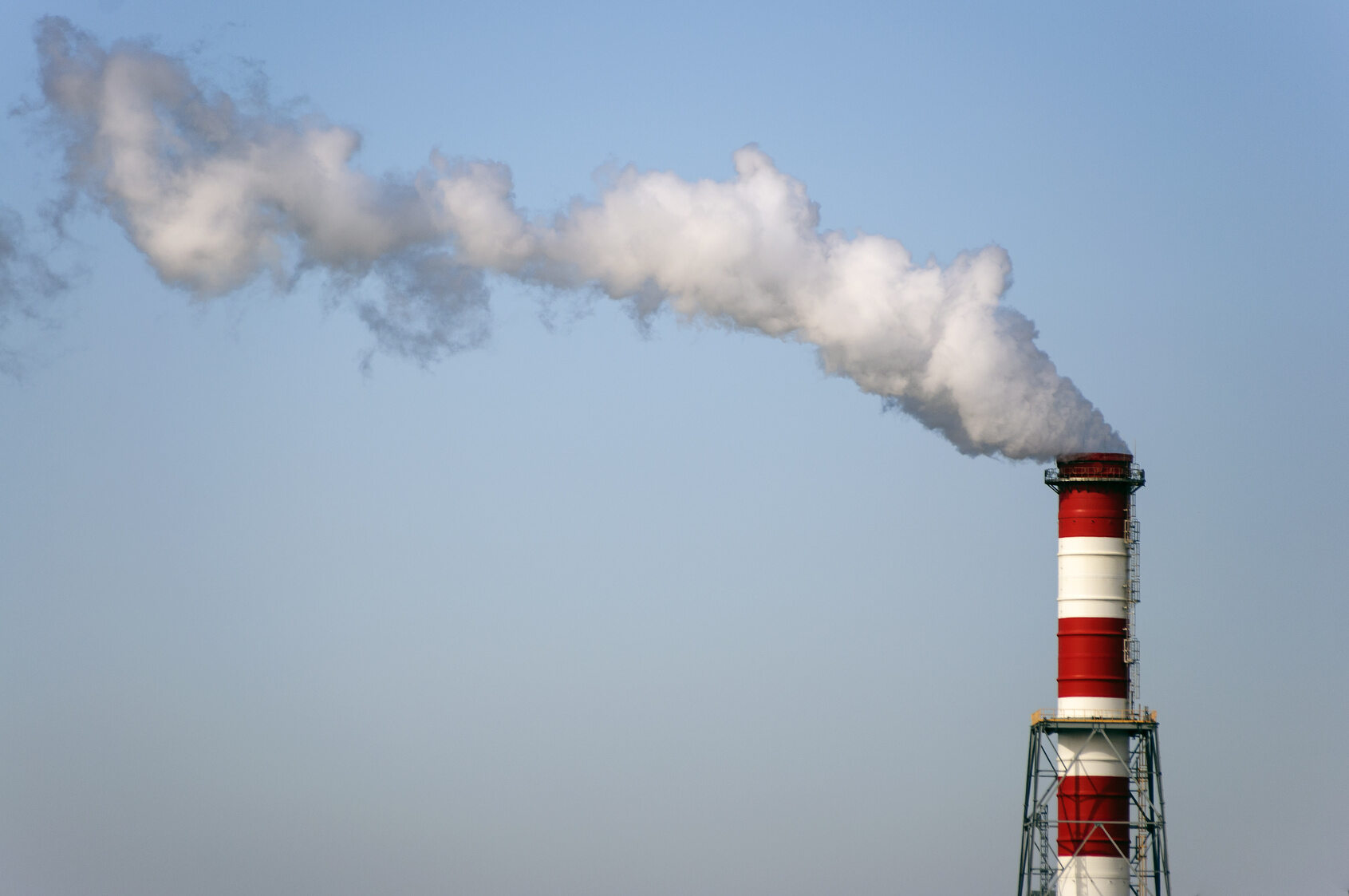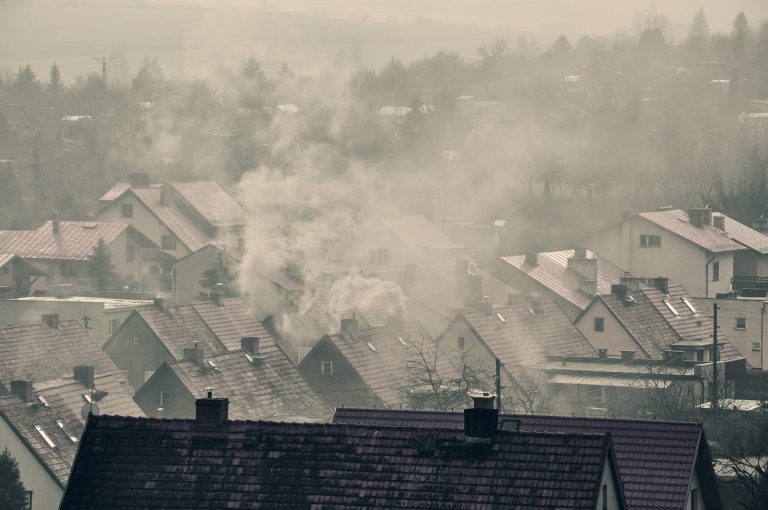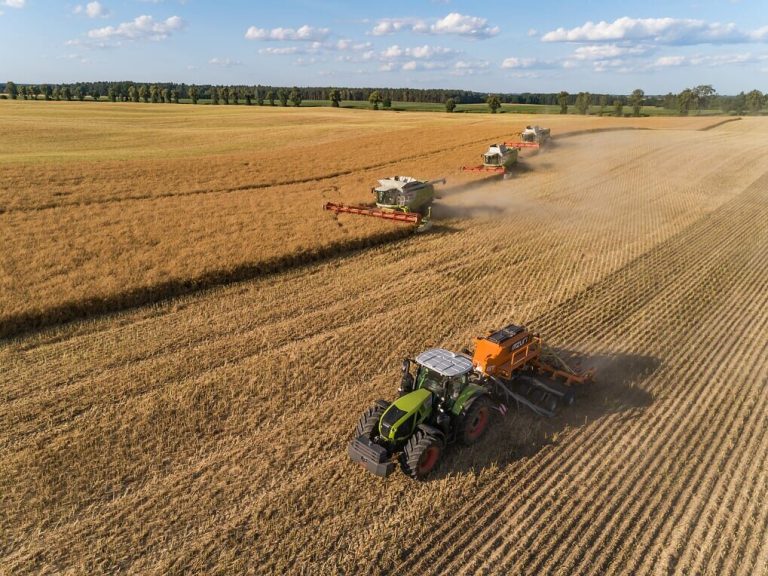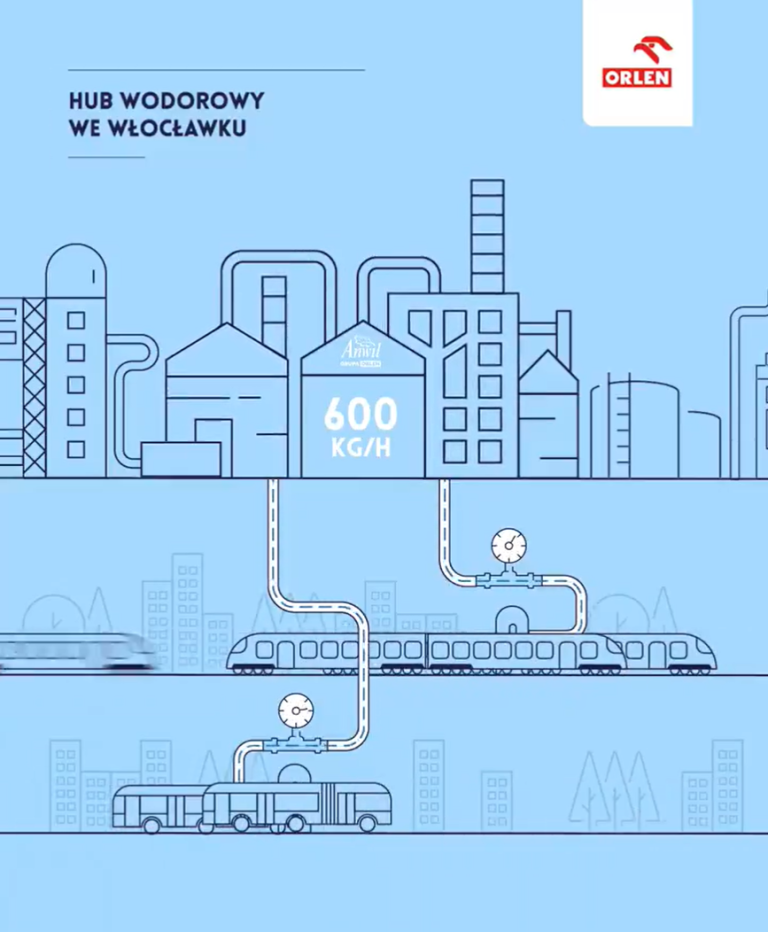What to do with excess CO2? Store underground

The idea based on capturing carbon dioxide from exhaust gases and then storing it under the surface of the land or sea is being perfected by scientists from the Silesian University of Technology in cooperation with European and Chinese scientists.
Based on such an idea, ecological technologies used in large industry can reduce carbon dioxide emissions into the atmosphere. Carbon dioxide, despite its obvious biological role (e.g. in photosynthesis), also belongs to the group of greenhouse gases. In the modern, industrialized world, the increasing production of this gas is a huge threat to the functioning of our planet.
Combined forces
This problem is global, therefore in the fight against excessive CO emissions2 scientists from the Silesian University of Technology joined forces with scientists from European Union countries and China. Since 2017, they have been implementing a project to reduce greenhouse gas emissions, based on capturing carbon dioxide from flue gases from stationary installations, e.g. power plants, and then storing it under land or sea.
“The innovation of the project lies in the development of oxygen combustion technology, using the idea of the so-called chemical loop” – says the manager of the Polish part of the project, prof. Andrzej Szlęk from the Silesian University of Technology.
Since underground flue gas storage is energy-intensive, only those gases that pose a threat to the environment (e.g. carbon dioxide) should be stored. By default, nitrogen is up to 80 percent. combustion products, but it is a completely harmless gas, therefore the storage of flue gases containing this gas would be uneconomical. It is therefore necessary to separate the CO from them2.
Nitrogen-free exhaust
Obtaining nitrogen-free exhaust gas is possible in two ways: the first is the absorption of diluted CO2 from flue gas in special liquids, and then obtaining pure carbon dioxide. The second is the combustion of fossil fuels or biomass in stationary technological installations in oxygen (and not in air that is a mixture of gases), as a result of which the flue gases do not contain nitrogen.
One of the versions of the second method is the inclusion of an oxygen carrier in this process – most often a metal. The metal is first burned in the air, resulting in a solid metal oxide. The metal oxide then oxidizes the fuel (in the case of this project it is coke breeze, a waste product of petroleum refining, or any other type of fuel) and is itself reduced to metal. Thanks to this, it is possible to burn in oxygen without the need for costly separation before the combustion process.
“Such pure CO2obtained by combustion in pure oxygen, should be liquefied and pumped into natural underground reservoirs” the researcher explains. This procedure helps to reduce carbon dioxide emissions. What’s more, it gives the opportunity to use this compound, for example, to increase the yield of oil deposits.
The end result of the project is to create a pilot installation located in China. “In my opinion, it will take several years for its industrial implementation, provided that we gain an entity willing to implement it industrially” – says prof. Szlęk. “The latter will depend on the quality of the pilot installation” the scientist adds.






